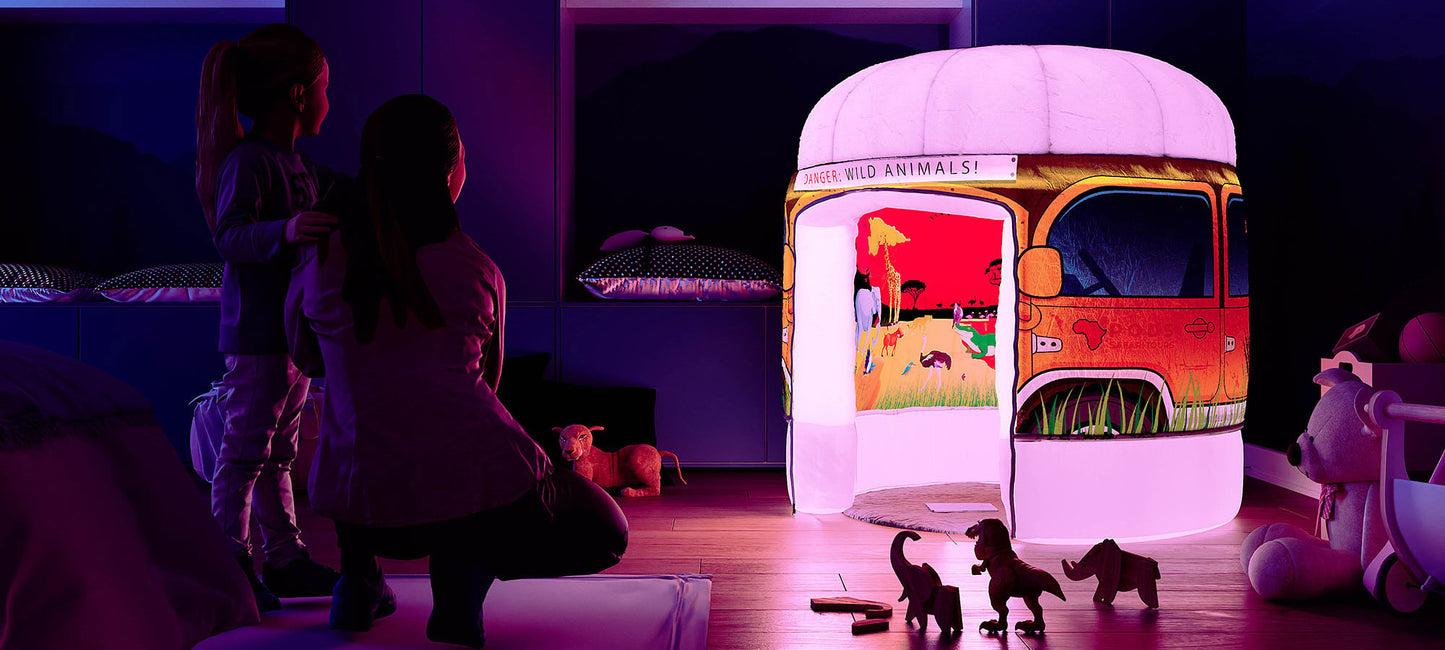Navigating the world can be a complex journey for sensory toys for Autism spectrum disorder (ASD), particularly when it comes to sensory experiences. Sensory toys have emerged as instrumental tools in nurturing the development of children with autism, offering tailored solutions to address their unique sensory needs. In this blog post, we’ll explore the profound impact of sensory toys on the developmental journey of children with autism, highlighting the importance of these purposeful playthings.
Understanding the Unique Sensory Landscape of Autism:
Children with autism often grapple with sensory processing challenges, where their perception of and response to sensory stimuli differ from neurotypical individuals. This can manifest as heightened sensitivity, seeking specific sensory experiences, or challenges in regulating sensory input. Sensory toys are designed to cater to these specific needs, creating a supportive environment for children with autism to explore, learn, and thrive.
Engaging the Senses for Holistic Development:
Sensory toys are meticulously crafted to engage multiple senses simultaneously. Whether it’s the tactile experience of squeezing a stress ball, the visual stimulation of vibrant colors, or the auditory input of calming sounds, these toys create a holistic sensory environment. By integrating various sensory elements, children with autism can enhance their sensory processing skills, leading to improved overall development.
Fine-Tuning Motor Skills through Tactile Exploration:
Many sensory toys focus on tactile exploration, offering a range of textures and surfaces for children to touch, feel, and manipulate. This tactile engagement supports the development of fine motor skills, essential for tasks such as writing, buttoning, and grasping objects. Activities like playing with textured fabrics or manipulating squishy toys contribute to refining these crucial motor skills.
Calming and Self-Regulation:
Children with autism often find solace in routine and repetition. Sensory toys, such as stress-relief items or textured objects, provide a calming and predictable sensory experience. These toys can serve as tools for self-regulation, helping children manage stress, anxiety, or sensory overload by offering a familiar and soothing sensory input.
Enhancing Social Interaction and Communication:
Socializing can be challenging for children with autism, but certain sensory toys are designed to foster social interaction. Games that encourage turn-taking, imitation, or cooperative play help develop crucial social skills. The shared sensory experiences in group settings provide a platform for communication and connection with peers.
Promoting Focus and Attention:
Sensory toys that offer focused sensory input contribute to improved attention and concentration. Weighted blankets or sensory-friendly seating options provide a comforting and grounding sensation, helping children with autism stay engaged and focused on tasks.
Conclusion:
Sensory toys are not just play tents; they are powerful tools that open doors to development for children with autism. By addressing their unique sensory needs, these toys create a supportive space where children can explore, learn, and grow. As we recognize the significance of embracing diverse sensory experiences, the use of sensory toys becomes a catalyst for unlocking the potential within each child with autism, paving the way for a more inclusive and enriched developmental journey.

